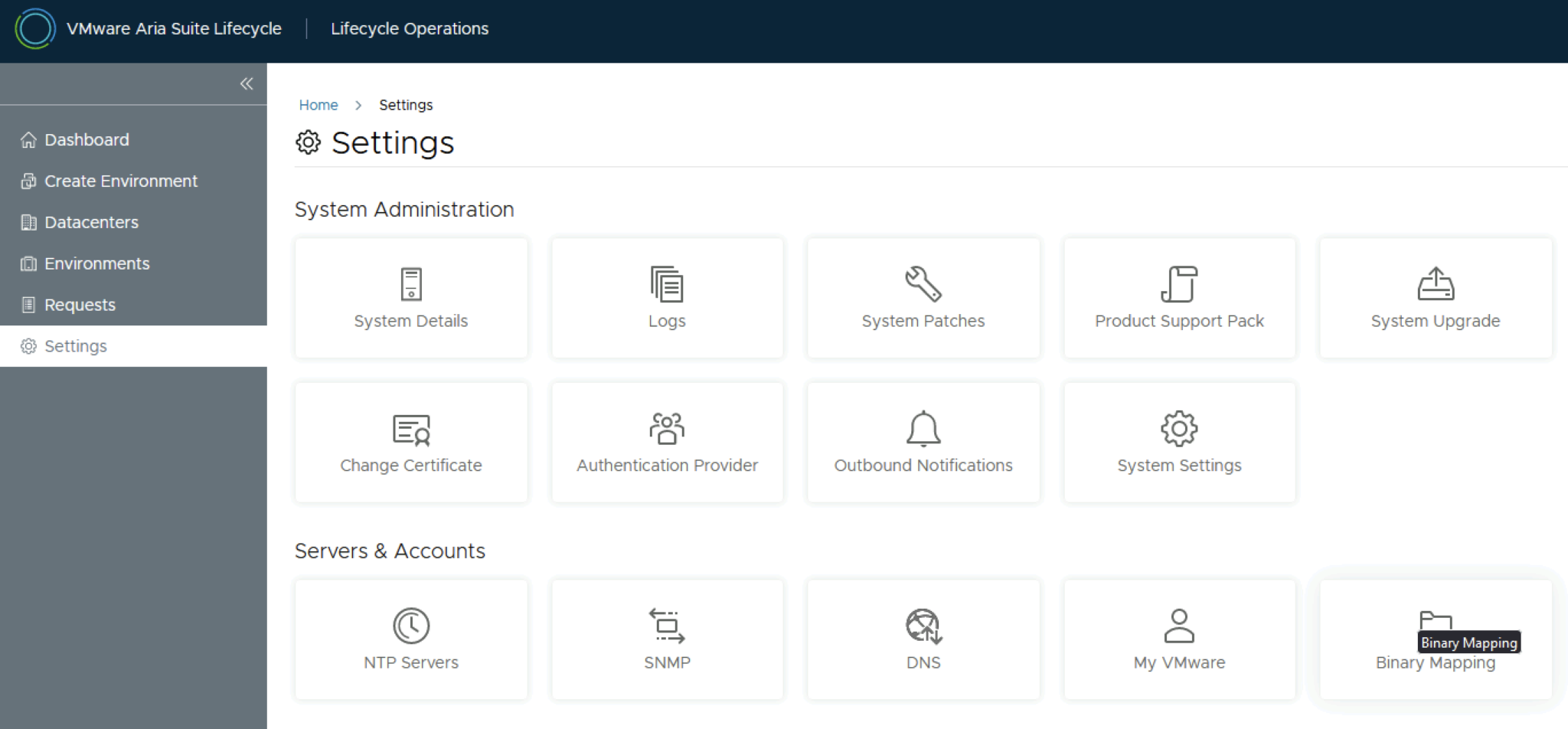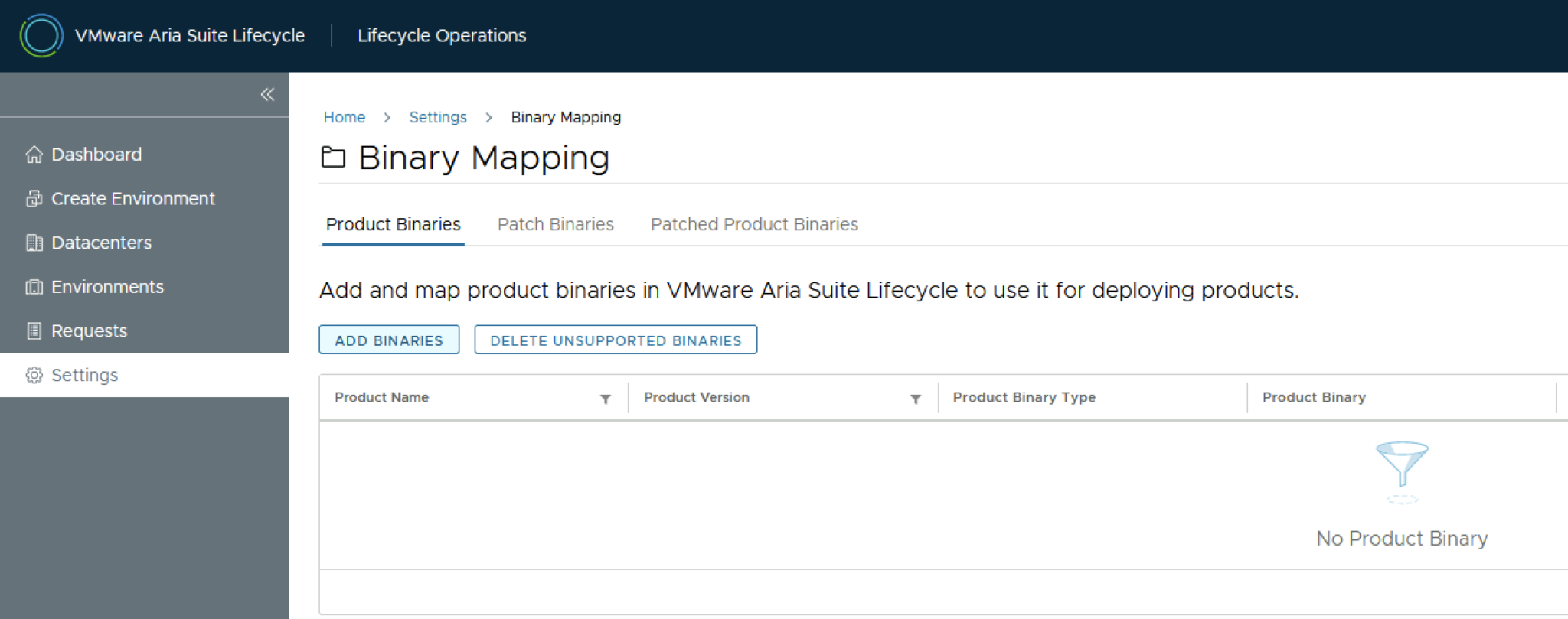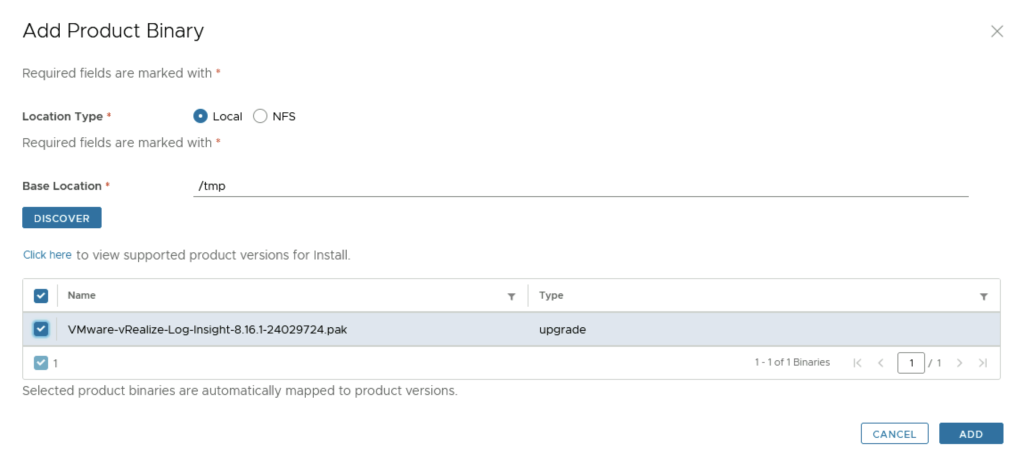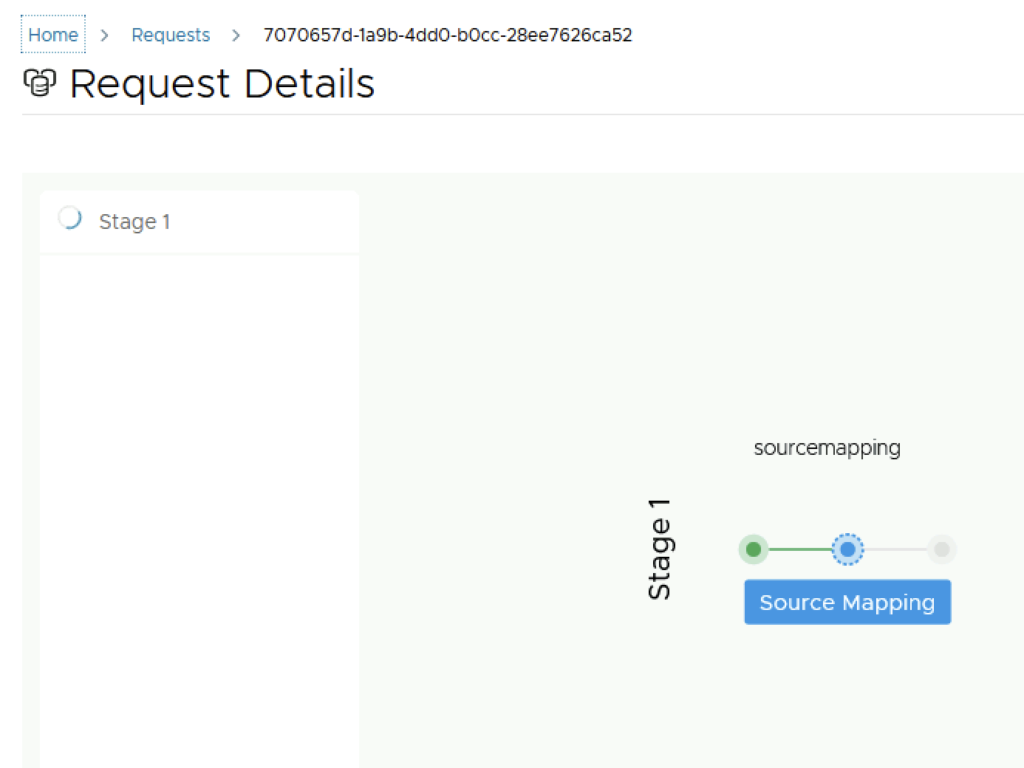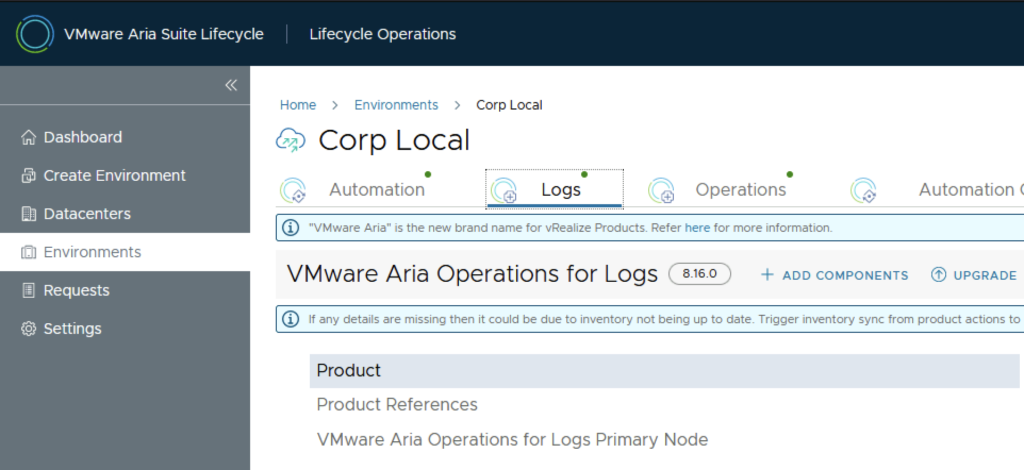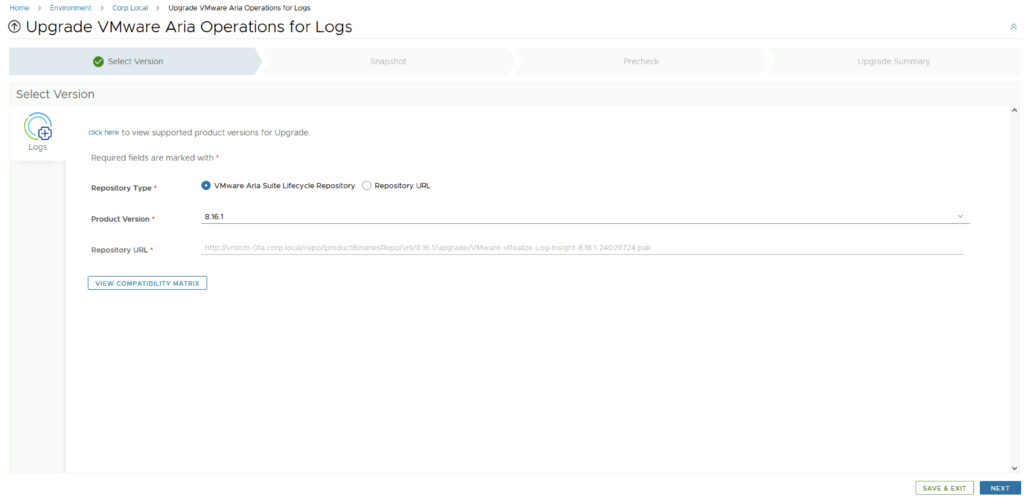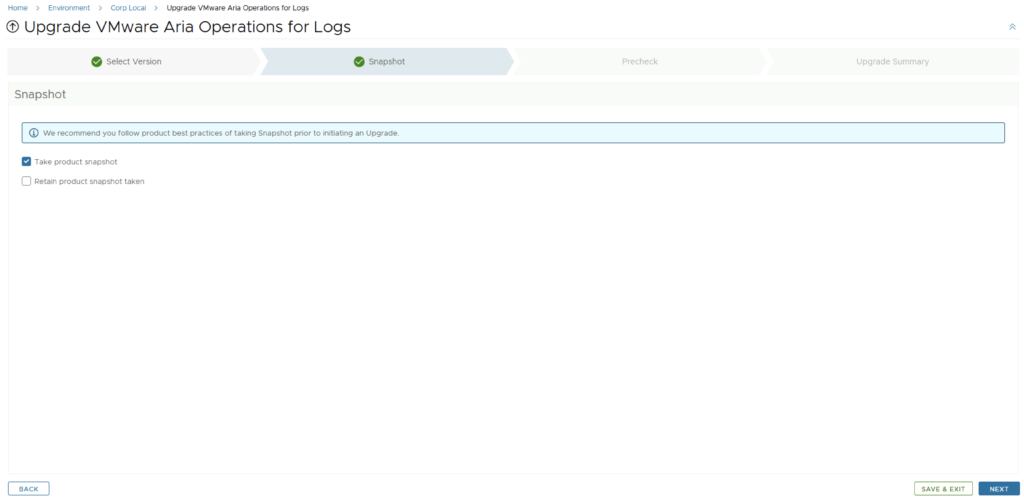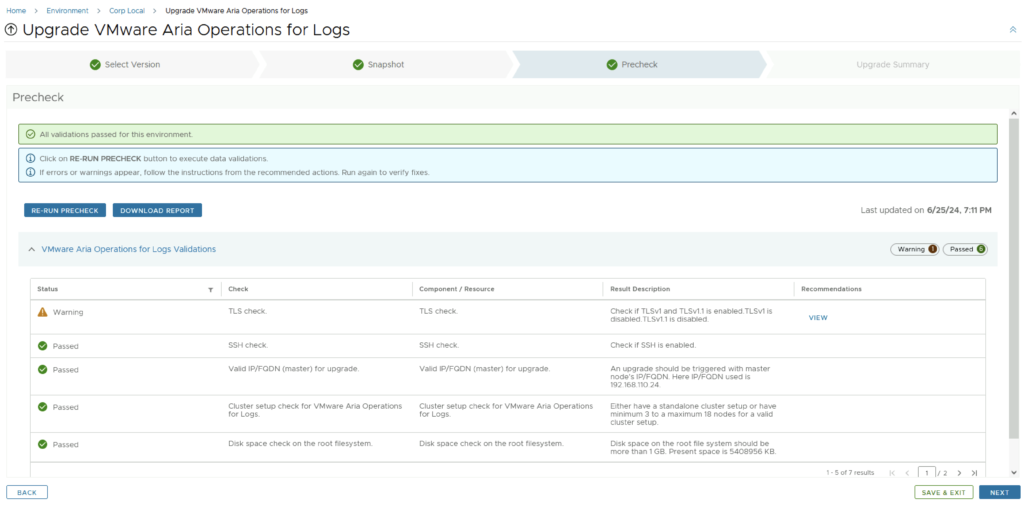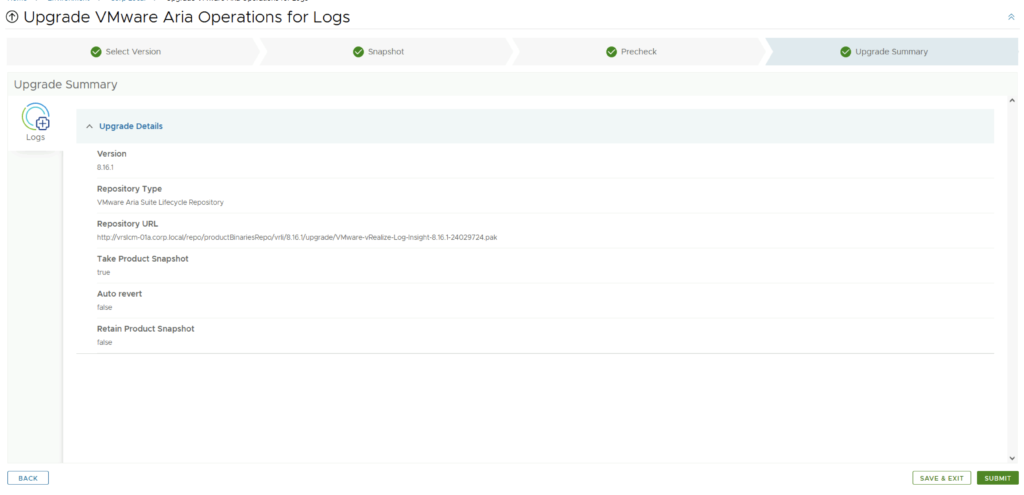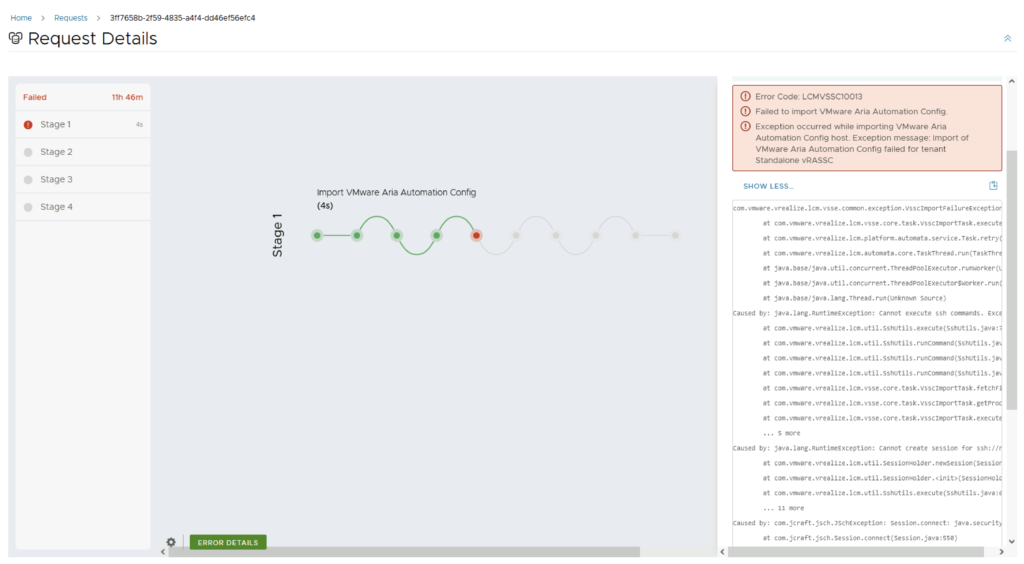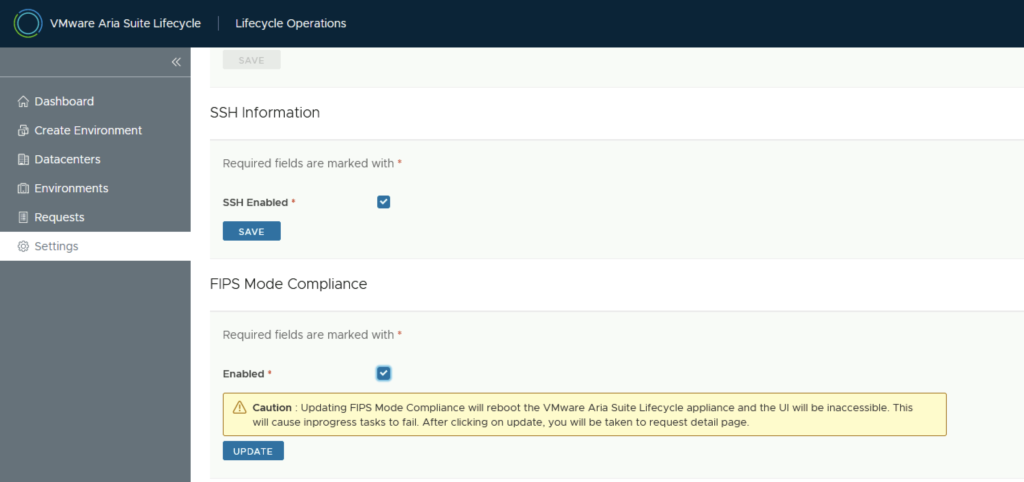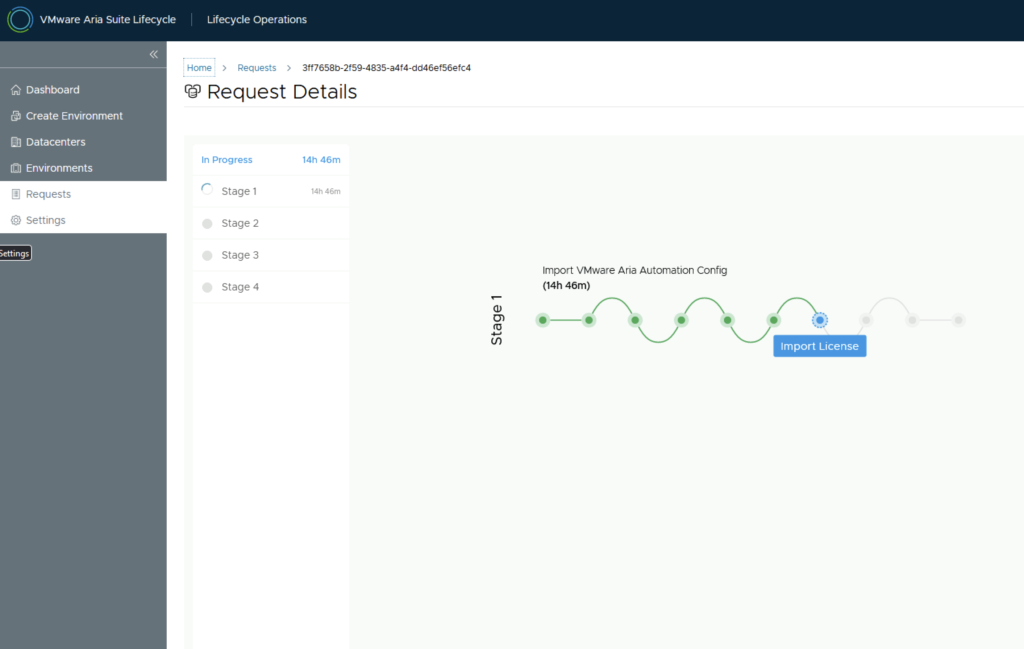Introduction
Monitoring your VMware infrastructure effectively is crucial for maintaining system health and performance. VMware’s Aria Operations (formerly vRealize Operations) provides comprehensive monitoring capabilities, but it requires specific permissions to function optimally. In this blog post, we’ll walk through the steps to create a custom role in vCenter specifically for the Aria Operations service account, ensuring it has the necessary permissions to monitor and take actions in your infrastructure.
Prerequisites
Before we begin, ensure you have the following:
- Access to vCenter with administrative privileges.
- VMware PowerCLI installed on your system.
- Basic understanding of VMware vSphere and Aria Operations.
Step 1: Connect to Your vCenter Server
Open VMware PowerCLI and connect to your vCenter server using the following commands. Replace the placeholders with your actual login credentials and vCenter server details.
$vcServer = 'vcenter.yourdomain.com'
$username = '[email protected]'
$password = 'yourPassword'
Connect-VIServer -Server $vcServer -User $username -Password $password
Step 2: Define the Role and Required Permissions
Define the role name and the specific permissions needed for Aria Operations to monitor the system. Here, we create a variable for the role and an array containing all necessary permissions IDs.
$permissions = @(
"System.Anonymous",
"System.View",
"System.Read",
"Global.ManageCustomFields",
"Global.SetCustomField",
"Global.Health",
"Global.SystemTag",
"Global.GlobalTag",
"Datastore.Browse",
"Datastore.AllocateSpace",
"Host.Inventory.EditCluster",
"Host.Inventory.ManageClusterLifecyle",
"VirtualMachine.Inventory.Delete",
"VirtualMachine.Inventory.Move",
"VirtualMachine.Interact.PowerOn",
"VirtualMachine.Interact.PowerOff",
"VirtualMachine.Interact.Reset",
"VirtualMachine.GuestOperations.Query",
"VirtualMachine.GuestOperations.Modify",
"VirtualMachine.GuestOperations.Execute",
"VirtualMachine.GuestOperations.QueryAliases",
"VirtualMachine.GuestOperations.ModifyAliases",
"VirtualMachine.Config.CPUCount",
"VirtualMachine.Config.Memory",
"VirtualMachine.Config.Resource",
"VirtualMachine.State.CreateSnapshot",
"VirtualMachine.State.RemoveSnapshot",
"VirtualMachine.Namespace.Management",
"VirtualMachine.Namespace.Query",
"VirtualMachine.Namespace.ModifyContent",
"VirtualMachine.Namespace.ReadContent",
"Resource.AssignVMToPool",
"Resource.HotMigrate",
"Resource.ColdMigrate",
"Resource.QueryVMotion",
"StorageProfile.Apply",
"Performance.ModifyIntervals",
"Extension.Register",
"Extension.Update",
"Extension.Unregister",
"ExternalStatsProvider.Register",
"ExternalStatsProvider.Update",
"ExternalStatsProvider.Unregister",
"vStats.QueryAny",
"vStats.CollectAny",
"vStats.Settings",
"AutoDeploy.Rule.Create",
"AutoDeploy.RuleSet.Activate",
"AutoDeploy.Rule.Edit",
"AutoDeploy.RuleSet.Edit",
"StorageProfile.Update",
"StorageProfile.View",
"StorageViews.ConfigureService",
"AutoDeploy.Rule.Delete",
"StorageViews.View"
)
Step 3: Create the Custom Role
Use the New-VIRole cmdlet to create the new role with the defined permissions. This step applies the permissions array to the role.
New-VIRole -Name $roleName -Description $roleDescription -Privilege (Get-VIPrivilege -Id $permissions)
Write-Output "Role '$roleName' created successfully with necessary permissions."
Step 4: Confirm and Disconnect
After the role is successfully created, you will receive a confirmation output. Always ensure to disconnect from your vCenter server cleanly to avoid any security issues.
Disconnect-VIServer -Server $vcServer -Confirm:$false
Step 5: Put it all together
$vcServer = 'vcenter.yourdomain.com'
$username = '[email protected]'
$password = 'yourPassword'
Connect-VIServer -Server $vcServer -User $username -Password $password
$roleName = "Aria Operations Actions Role"
$permissions = @(
"System.Anonymous",
"System.View",
"System.Read",
"Global.ManageCustomFields",
"Global.SetCustomField",
"Global.Health",
"Global.SystemTag",
"Global.GlobalTag",
"Datastore.Browse",
"Datastore.AllocateSpace",
"Host.Inventory.EditCluster",
"Host.Inventory.ManageClusterLifecyle",
"VirtualMachine.Inventory.Delete",
"VirtualMachine.Inventory.Move",
"VirtualMachine.Interact.PowerOn",
"VirtualMachine.Interact.PowerOff",
"VirtualMachine.Interact.Reset",
"VirtualMachine.GuestOperations.Query",
"VirtualMachine.GuestOperations.Modify",
"VirtualMachine.GuestOperations.Execute",
"VirtualMachine.GuestOperations.QueryAliases",
"VirtualMachine.GuestOperations.ModifyAliases",
"VirtualMachine.Config.CPUCount",
"VirtualMachine.Config.Memory",
"VirtualMachine.Config.Resource",
"VirtualMachine.State.CreateSnapshot",
"VirtualMachine.State.RemoveSnapshot",
"VirtualMachine.Namespace.Management",
"VirtualMachine.Namespace.Query",
"VirtualMachine.Namespace.ModifyContent",
"VirtualMachine.Namespace.ReadContent",
"Resource.AssignVMToPool",
"Resource.HotMigrate",
"Resource.ColdMigrate",
"Resource.QueryVMotion",
"StorageProfile.Apply",
"Performance.ModifyIntervals",
"Extension.Register",
"Extension.Update",
"Extension.Unregister",
"ExternalStatsProvider.Register",
"ExternalStatsProvider.Update",
"ExternalStatsProvider.Unregister",
"vStats.QueryAny",
"vStats.CollectAny",
"vStats.Settings",
"AutoDeploy.Rule.Create",
"AutoDeploy.RuleSet.Activate",
"AutoDeploy.Rule.Edit",
"AutoDeploy.RuleSet.Edit",
"StorageProfile.Update",
"StorageProfile.View",
"StorageViews.ConfigureService",
"AutoDeploy.Rule.Delete",
"StorageViews.View"
)
New-VIRole -Name $roleName -Privilege (Get-VIPrivilege -Id $permissions)
Write-Output "Role '$roleName' created successfully with necessary permissions."
Disconnect-VIServer -Server $vcServer -Confirm:$false
Conclusion
Creating a custom role in vCenter for your Aria Operations service account is a best practice that enhances both security and functionality. By following these steps, you equip your monitoring tools with the necessary permissions without compromising the principle of least privilege.
Happy Monitoring!
This guide provides a clear pathway to securing your VMware infrastructure monitoring with Aria Operations, ensuring you’re well-prepared to tackle performance and health monitoring with confidence.
